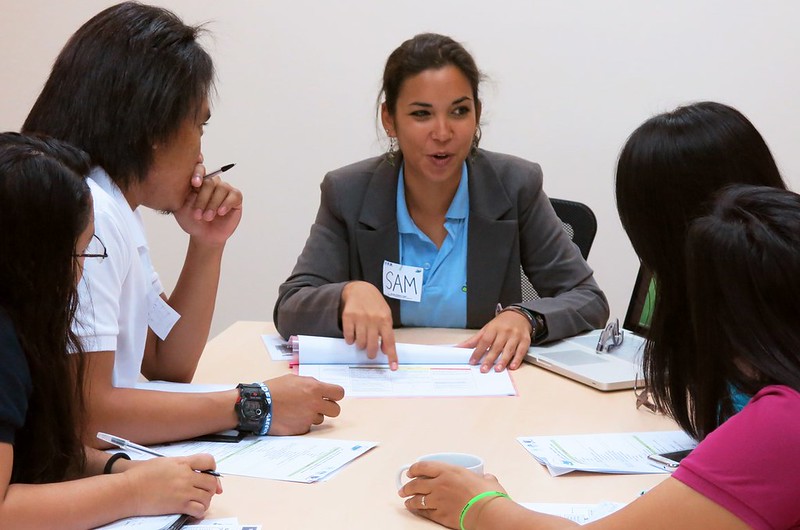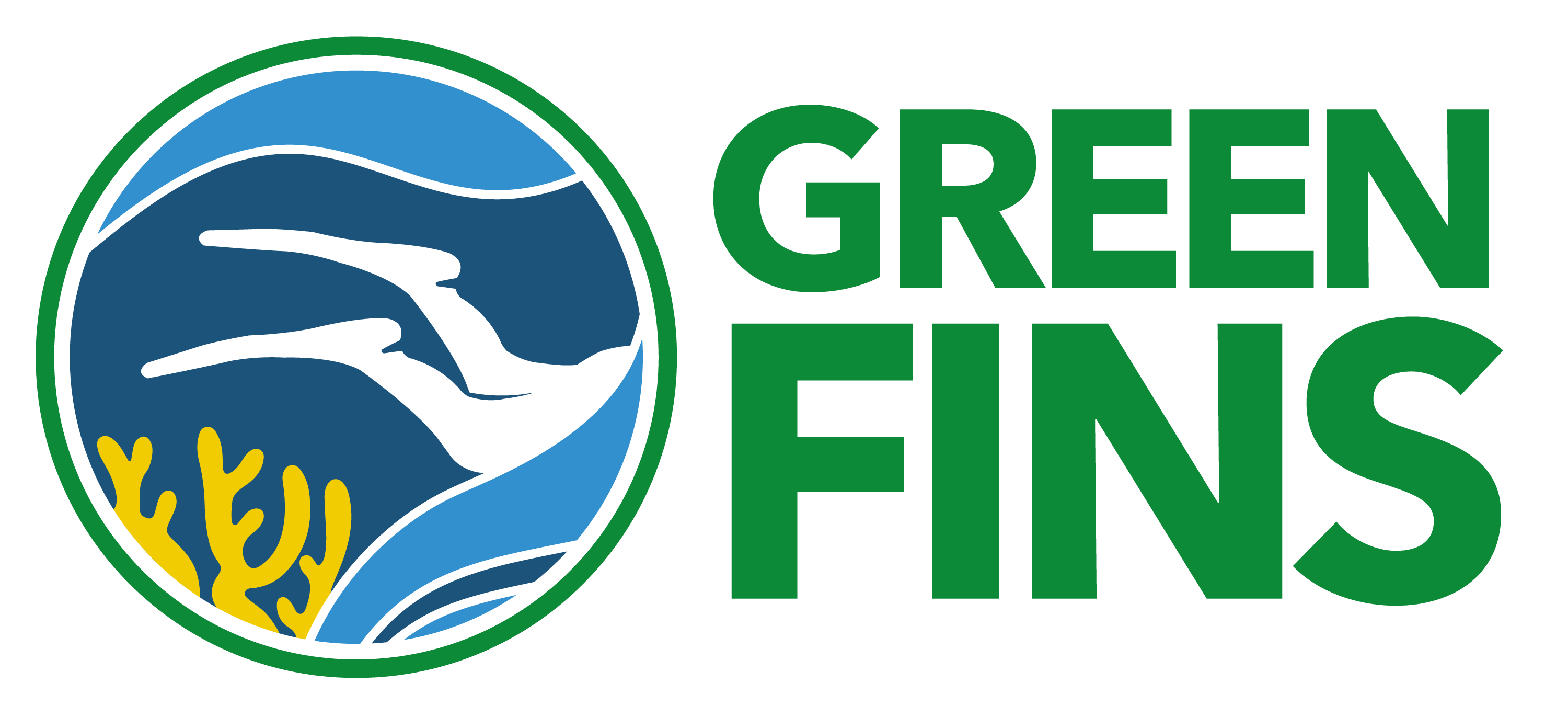We were delighted that our Programmes Manager, Sam, recently had the opportunity to be interviewed by PADI’s Corporate Social Responsibility Specialist Emma Daffurn for the PADI Torchbearer group on Facebook. It was such an insightful discussion we wanted to share it with our network too. So without further ado, brew a cuppa and enjoy some of the highlights!
Here we are for another PADI Torchbearer Q&A with Reef-World’s Sam Craven. Put simply, Green Fins – Reef-World’s flagship programme – is a management program aimed primarily at tropical climates that supports the diving and snorkelling industry in becoming more sustainable. AND, they’re one of PADI’s primary partners in marine conservation…There’s something for everyone to get involved with – whether you’re a dive centre owner, professional or recreational diver.
What is the aim of Reef-World’s Green Fins programme?
Green Fins was formulated because UNEP recognised there were no environmental standards for diving in the way safety is so habitual. When it comes to the environmental impacts of diving, there wasn’t any guidance or any standard about the appropriate way to be diving so we can continue to enjoy coral reefs. The programme was started in 2004 as a code of conduct with 15 points for actions above and below the water. It wasn’t just aimed at the divers themselves but also for businesses to consider how you are interacting with your business asset. Of course, this is your staff and the services you provide but also the natural environment people are coming to see. It’s evolved a long way from there to a whole system that helps people implement that code of conduct. We’ve developed a suite of tools, posters and solutions all to try and drive higher compliance to these standards.

What it revolves around is how do we harness the power of the diving industry to be a force for good, even if you’re just a recreational diver and you’re not using it for a specific conservation purpose. When people are more engaged in coral reef protection, because they’ve been able to see it firsthand, they go and fall in love with all the other ecosystems that you can dive in. So, it’s an incredibly powerful tool but it does have impacts. I think there are about 20 million certified scuba divers out there with 1 million new divers certified each year. Looking at the collective industry, we want to see how we can do even better to work with nature instead of against it. That’s the ethos at the heart of what Green Fins is trying to do.
I think a lot of people assume Green Fins is an organisation but it’s an initiative that gets adopted by different governments around the world. It’s used as one of their tools to work with the private sector to protect reefs. Reef-World helps train those governments and give them support to implement the programme and make sure there are positive relationships with their diving industry so they can collaborate.
Let’s run through the process of becoming a Green Fins member?

If your dive or snorkel operation is interested in becoming a member, you would sign a membership form and email it to the Green Fins assessor team in your country. They will get in touch with you to book some time to talk you through the programme or to just get going. Through the membership form, you are signing to pledge to the Code of Conduct and abide by it to the best of your ability. This enters you into the annual membership system where you receive help to improve against the code of conduct. The assessment is meant to be a super friendly process. The assessors will go around the operation, ask questions and join your guests on a dive or snorkel to see how it works. They have set criteria which are standard across all the different countries. They use these to highlight to the management or the decision maker what’s working well, what’s already effective at stopping anyone from causing damage and what can be improved. It’s designed to tackle the highest threats: it might be trash, which disinfectants you’re using in your dunk tank etc. It’s all about tracking the potential risk and looking at policy the dive shop has in place to stop that from happening. And a lot of managers say it’s really useful to have another set of eyes on their processes because the environment is important to them and you have so many different moving parts, especially when you’re really busy in high season.
The team also provides training to the staff and will sit down with the manager or decision maker to run through what they’ve seen on that day. Together, they’ll decide on three actions to take over the next year. So, it’s not a long laundry list of things. It’s manageable, digestible and achievable. And so when the assessor comes back the next year, you can see your progress, you can see if your scores change because you’ve put those action points in place to effectively stop the threat. You can also see the top five per country and the global Top 10 to see how well you’re doing against the rest of the world.
Where is Green Fins currently active?
The Code of Conduct was put out in 2004 and Reef-World first got involved in about 2008. That’s when we started to develop the training programme and started to flesh out the materials to support people implementing the code of conduct in a way that can be replicated in different countries. So, Thailand, the Philippines were first. Then came Malaysia and Indonesia. A geographical priority was, of course, the Coral Triangle, as it’s a hotspot for diving and reef diversity. It then spread to the Maldives, Palau, Egypt, Dominican Republic, Antigua and Barbuda. The Malaysia team also works with some dive centres in Singapore. We are paused on trying to introduce it into Timor-Leste, Japan and Guam in the future. That was supposed to happen this year but we’ll see when we can travel again.

In each of these countries, it’s typically the national government that adopts it as a programme that helps them protect reefs and get results on the status of the diving industry. Once they fold it into one of the government programmes, they can assign staff, they can assign budget for the materials and so forth. It, hopefully, becomes part of the system and building capacity of that system to actually work with the private sector as well. So, in some countries it’s only the government. In some countries, it’s a collaboration between the government and NGOs. In Egypt, it’s not a national government body but the Chamber of Diving and Watersports running it.
That leads on to a question about green fins egypt which has come in from one of the padi torchbearer community. She says “a problem we’re experiencing in Egypt is that our dive centres are unable to afford the charge for the Green Fins assessment. I understand only some countries are charging. In these challenging times, there are dive centres that would like to be Green Fins members but can’t because of this fee. Have you got any suggestions?”
I have a little bit of an explanation. Because, in Egypt, Green Fins is not folded into the national programme, CDWS has actually volunteered their time and takes on 50% of the costs of running the programme. When it is folded into government, there’s no membership fee; there is just the cost of allowing assessors to come on the dive and of implementing the solutions. But, of course, it costs money to send people: for their travel, accommodation and producing all the supporting materials. The Egypt team at CDWS is already absorbing 50% of the costs and the dive shops are only asked for the other 50%. However, they’re very aware of the situation and are looking into different types of funding to support this. And, especially this year, people are going to struggle with a fee. That’s one of the reasons our ethos is to make sure as much of that information as possible is freely available. So, there are heaps of resources people can start using to increase compliance to the code of conduct before they even join us.

for members of the padi torchbearer community who are dive professionals, what kind of resources are available?
If you’re a dive shop that doesn’t either have access to a Green Fins team or you’re, say, in Egypt and you can’t afford the fee that doesn’t mean you can’t still absorb this information and start changing things. The Green Fins Dive Guide e-Course is free to take. There’s also a certificate which people can buy if they want to prove they’re passed. If dive guides are struggling and can’t afford the certificate, we also have a scholarship fund that our partners Paralenz have kindly sponsored to allow guides who need it to prove their certification of the course. Everything has always been created to make sure Green Fins is of real value to the industry so a lot of the posters came from suggestions from dive shops, guides or divers.

What’s covered in the Dive Guide e-Course?
The Dive Guide e-Course is all about how to be the best role model, environmentally, and what are the strategies people have found effective in managing their guests. So, one of the concerning things about diving impact on reefs is whether we touch coral because coral is a very fragile, breakable animal. That could be fins (actually, it’s mostly fins), dangling equipment or holding on to look at something. In terrible cases, we’ve seen examples of people harassing or manipulating marine life. We know an environmental briefing is important. So, giving reminders of why it’s important not to touch the reef, to watch your fins, to dive in trim, to have good buoyancy etc. That in the pre-dive briefing, coupled with correction underwater (which doesn’t have to be “you are doing it wrong!” – it could just be helping someone put their fins up a little bit), can reduce the number of contacts a diver makes by 30%. Dive and snorkel guides have this essential role to play when it comes to managing direct impacts on the reef. How do we empower them to do it the best they can? Hopefully, all that information is in the Dive Guide e-Course.
What can a dive centre do to let you know they’d like to be involved in the programme?
We get a lot of enquiries coming in. When we know that there is industry demand for Green Fins, it gives us a much better foot to stand on when we talk to the governments in that country about setting it up as a management programme for them. It’s so much stronger when you can say “there are so many dive centres that are crying out for this programme”. So please do get in touch with us and let us know where you are, why you think Green Fins is important there and any kind of context for us. It’s really useful to be able to see what organisation or government could be the one to run Green Fins in that country.
Is it also helpful to hear from the padi torchbearer community who want Green Fins to be available in the destinations they visit?
Yes. The more we can show consumer demand for these greener services, the stronger case we have for getting both governments and dive centres on board. The programme is not globally available just yet and you can imagine the bureaucracy you have to go through to get set up in a new country. We think it’s incredibly strong when the government and the diving industry can work together on environmental issues. We do want to see Green Fins in every dive country eventually. But, in the meantime, we’re working on a digital version of membership. This will allow operators to self evaluate to learn what you might want to focus on and have access to a community and lots of solutions. We’re really excited about it. It means we can provide guidance to so many more operators.
How can the Green Fins principles support other ecosystems?

Seagrass, mangroves and coral reefs, as three ecosystems, are the trifecta for health. They are more resilient when there are three or just two of them together rather than any one of them on their own. People come across this sometimes and it’s like in a textbook when you see a mangrove and then there’s a seagrass and then there’s the reef. The first time I saw that was maybe in Palau. That was amazing.
But you don’t often and it could be that the mangrove is where the boats get docked in the storm and around the headland is the seagrass. But they’re all connected by the animals that live in and move between them. If you’re diving in seagrass (which is amazing), it’s the same Green Fins principles that you need to follow because they’re a very fragile ecosystem as well.
Green Fins recommends against gloves when diving in tropical climates. Can you explain why?
if you’re diving in tropical waters, it’s very unlikely you’re going to need to wear gloves because of the temperature. So, people are wearing them for protection or maybe they have reactions to something in the water. But gloves do also give you a false sense of security so you probably wouldn’t think as heavily about touching something if you’re wearing gloves. That’s the idea behind: that you’re putting in another step before you take an unintended action. Of course, we’re talking about tropical diving here. If diving in cold water, I would be wearing gloves!
We really enjoyed chatting to Emma for this PADI torchbearer interview – hope you find it an insightful chat and thank you for reading!

You can watch the full padi torchbearer interview here (you’ll need to join the PADI Torchbearer Facebook group!)
As mentioned above in the PADI Torchbearer interview, digital Green Fins membership is coming soon which will make membership available worldwide. If you or your next dive destination is not in a Green Fins country and you’d like it to be, let Sam and the team know at info@greenfins.org!


